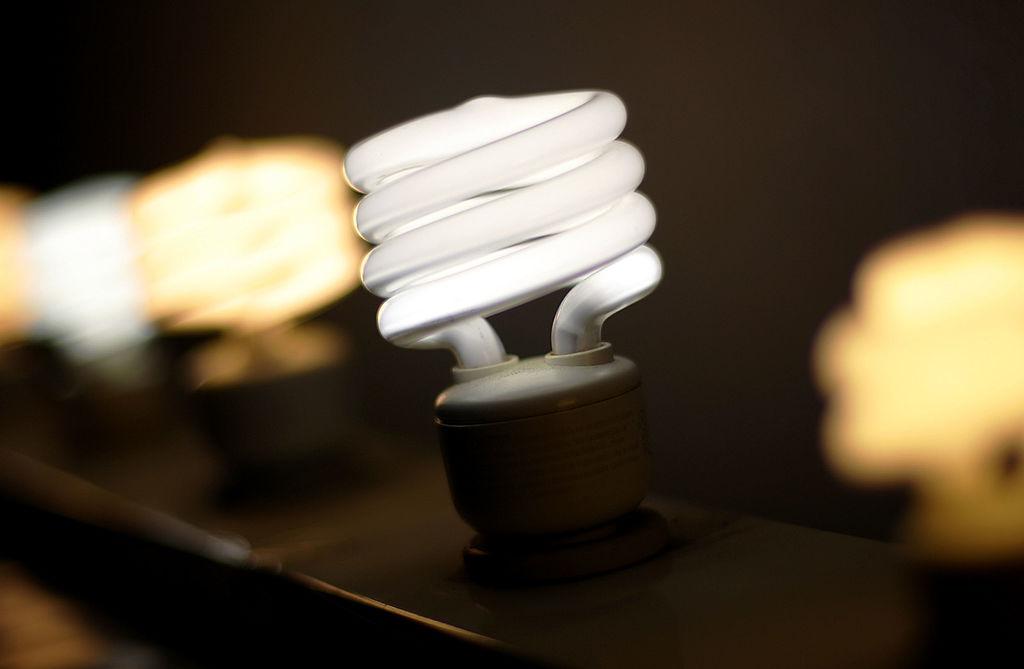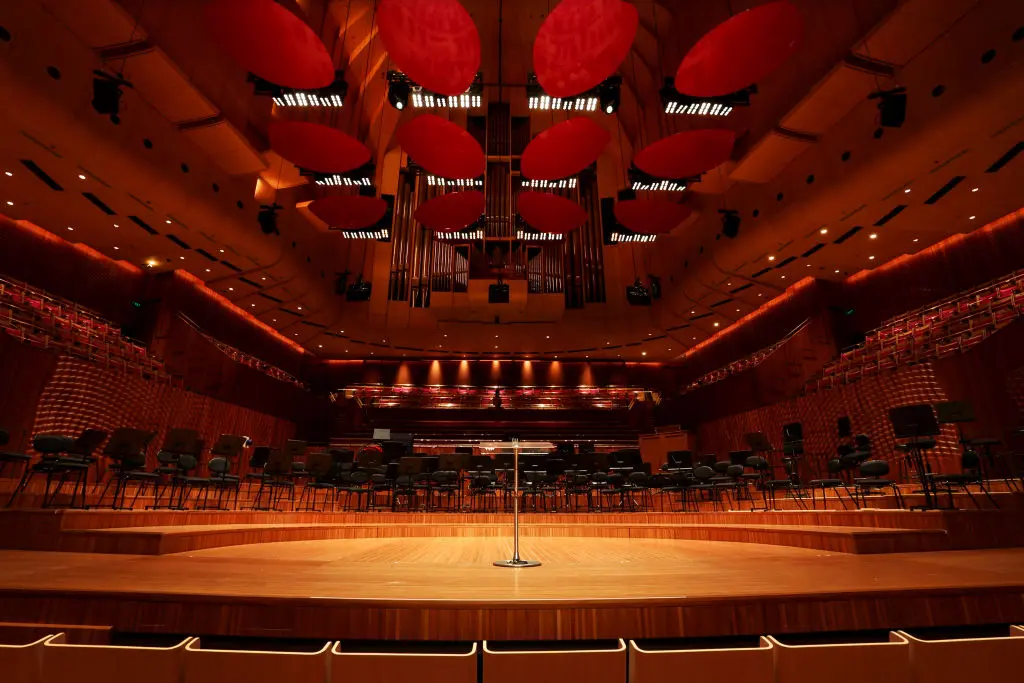The head of one of Australia’s largest energy companies has warned electricity prices in the country could spike by more than 35 percent amid the push for net-zero.
“When we run our modelling for energy pricing next year, using the current market prices, tariffs are going up a minimum 35 percent,” said Jeff Dimery, CEO of Alinta Energy.





